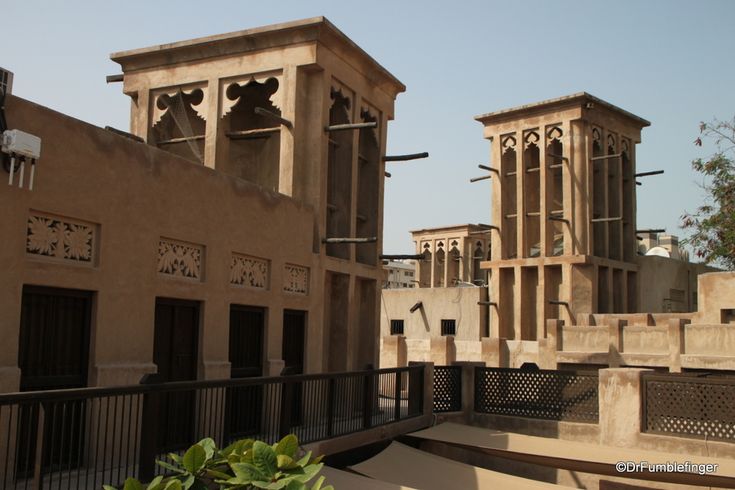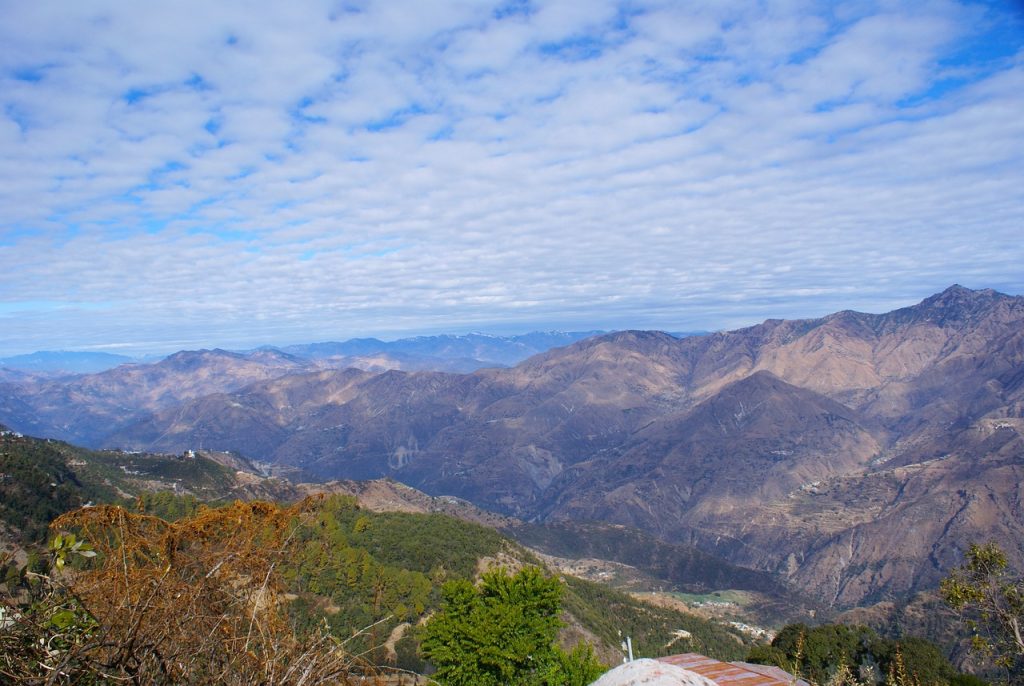Introduction:
Tucked away in the heart of Bur Dubai lies a serene pocket of the city that seems untouched by the glitz and glamour , Al Fahidi Historical District, also known as Al Bastakiya. While Dubai is world-renowned for its futuristic skyscrapers and luxurious lifestyle, this historic neighborhood offers a compelling contrast. Here, winding alleys, traditional wind towers, and rustic sandstone buildings transport you to a time long before the rise of the skyline.
For travelers planning a cultural journey through the UAE, the heritage quarter of Al Fahidi is a must-visit. It’s easy for travelers to access this attraction thanks to simplified travel documentation processes like applying for an online Dubai visa from India , which has helped boost interest in offbeat and historic destinations like Al Bastakiya.
1. The History Behind Al Fahidi
Al Fahidi Historical District dates back to the late 19th century and represents one of the oldest communities in Dubai. Originally established by Persian merchants from the Bastak region of Iran, the area served as a hub for trade, social life, and housing. Over the decades, it has stood as a symbol of Dubai’s deep-rooted Arabian culture, with its carefully preserved architecture offering a glimpse into how the city looked before oil transformed it.
Despite the city’s rapid modernization, Dubai authorities took steps to preserve this historic gem in the 1990s, making it a protected heritage site. Today, it functions as an open-air museum filled with museums, art galleries, and cultural spaces.
2. Discovering the Heritage Lanes
As you enter Al Fahidi, you’re greeted by narrow, maze-like lanes made of coral, stone, gypsum, and palm wood. These pedestrian-only walkways encourage a slow, immersive stroll where every corner has a story.
The district is a haven for architecture enthusiasts and history buffs. Many houses are now cultural centers and art spaces, but their original façade remains intact , thick walls, central courtyards, and wooden doors with intricate carvings. These lanes were designed not only to provide privacy but also to allow shade and breeze, making the environment cooler.
Every step you take in Al Bastakiya feels like walking through a living narrative of old Dubai , undisturbed, authentic, and charmingly rustic.
3. Iconic Wind Towers: The Original Air Conditioning
One of the most striking architectural features in Al Fahidi is the presence of wind towers, locally known as Barjeel. These tall, rectangular structures sit atop traditional homes and are an ingenious form of natural air conditioning.
Wind towers were used to direct the desert breeze into the building interiors, lowering the indoor temperature without the need for electricity. They are not just functional; they are beautifully constructed and symbolize the innovation of traditional Emirati architecture.
As more travelers from across the globe discover Dubai’s historic offerings, the ease of securing travel permits also plays a key role. For instance, if you’re planning your visit and hold a Central African passport, applying for a Dubai visa for Cameroon citizens is now streamlined and accessible, opening the doors to cultural experiences like Al Fahidi.
4. The Rich Tapestry of Art and Culture
Beyond its architecture and heritage, Al Bastakiya is also home to a thriving art scene. Over the years, many Emirati artists and creatives have set up studios and galleries within the district, making it a vibrant spot for contemporary expression within historic walls.
Some must-visit places include:
-
The Majlis Gallery: One of the oldest art galleries in Dubai, showcasing local and international works in a peaceful courtyard setting.
-
XVA Art Hotel & Gallery: A boutique hotel fused with an art space, offering exhibitions, design workshops, and cozy courtyard dining.
-
Calligraphy House (Dar Al Khatt): A center dedicated to preserving Arabic calligraphy where visitors can observe or even learn the art.
Each of these venues offers a different slice of Arabian heritage, making Al Fahidi a deeply enriching experience for both casual visitors and culture enthusiasts.
5. Art Cafés and Hidden Courtyards
In between galleries and museums, Al Fahidi is dotted with charming cafés and courtyard eateries where traditional and modern aesthetics merge seamlessly. These art cafés often showcase local craft, serve regional delicacies, and provide a quiet atmosphere that’s a stark contrast to the fast-paced Dubai outside.
Whether you’re sipping Arabic coffee in a shaded courtyard or enjoying a simple date-filled pastry under a wind tower, the ambiance is soulful and reflective. Some cafés also host poetry nights, art discussions, and small-scale performances, keeping the cultural flame alive.
6. Cultural Events & Interactive Spaces
Al Fahidi hosts several cultural events throughout the year, most notably during the Sikka Art and Design Festival and Dubai Art Season. These events attract artists, designers, and performers from across the world to celebrate creativity in its purest form.
Additionally, many buildings within the district house interactive museums and exhibits such as:
-
Dubai Museum (Al Fahidi Fort) nearby , giving a broader history of the Emirates.
-
Sheikh Mohammed Centre for Cultural Understanding (SMCCU) — offers guided tours and Q&A sessions to bridge the gap between cultures.
These spaces are not just for sightseeing but are designed to engage and educate, making them ideal for families, solo travelers, and students alike.
7. Planning Your Visit to Al Fahidi
The Al Fahidi District is located along the Dubai Creek, just minutes from the Al Fahidi Metro Station and Bur Dubai Abra Dock. The best time to visit is during the cooler months from October to March, when walking through the alleys and outdoor courtyards becomes most enjoyable.
Visitors are encouraged to dress modestly to respect the cultural sensitivity of the area and should allocate at least half a day to explore the district properly. Early mornings or late afternoons are the best times for photographers to capture the light filtering through the narrow lanes.
8. Final Thoughts:
While towering buildings and mega malls make headlines, it’s the timeless corners like Al Fahidi Historical District that tell the true story of Dubai’s origins. This culturally rich enclave is more than just a preserved neighborhood , it’s a living tribute to Emirati heritage and resilience.



